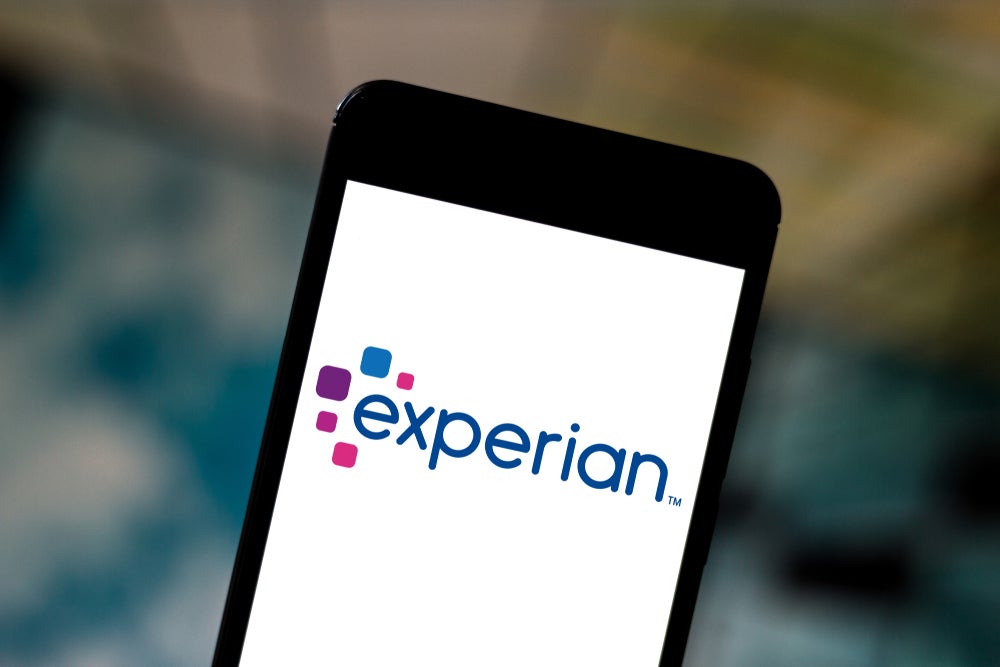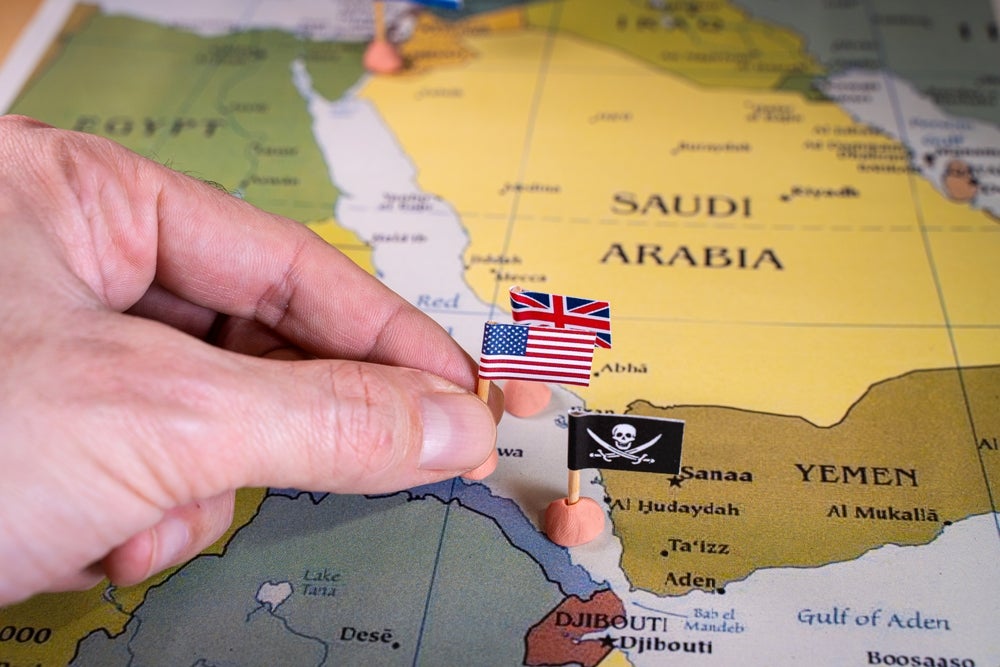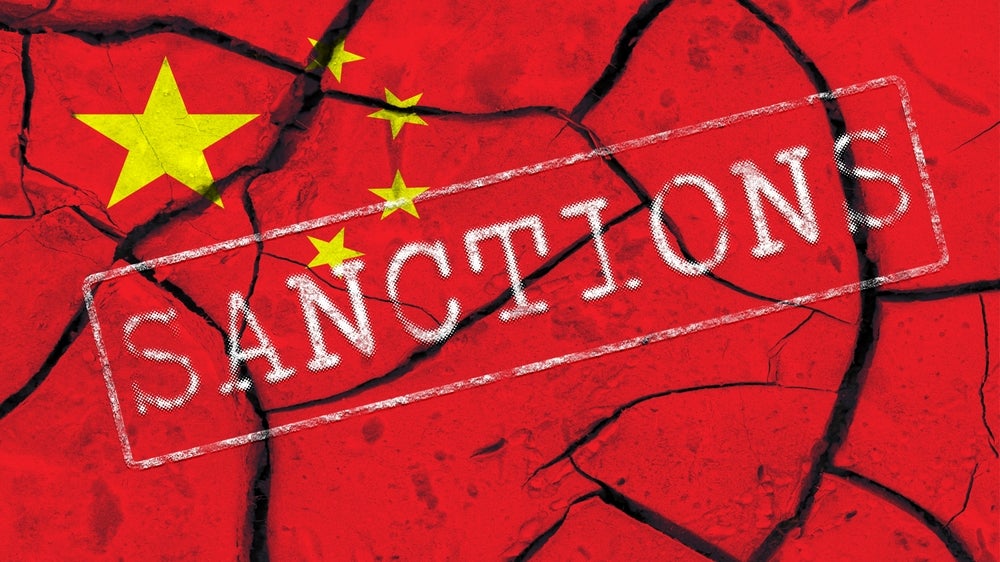The US unit of ING Direct has earned its
Dutch parent accumulated pre-tax profits of around €1 billion since
it launched in the country in 2000, in the process revolutionising
direct banking. Throughout the economic crisis, its mission to
inspire Americans to become a nation of savers remains undimmed.
Douglas
Blakey reports
ING Direct, the long-time global leader in direct banking, has
refused to allow the ongoing recession to deflect it from its
successful growth strategy in the US. While its ING Direct brand
continues to struggle for profitability in the UK and the bank has
thrown in the towel in Japan, the US remains a key market.
At the end of 2008, the bank’s direct arm in
the US had grown to more than 7.5 million customers (the biggest
client base of the nine countries in which ING Direct operates),
€51.5 billion ($71.9 billion) of customer deposits and €25.1
billion in mortgage lending.
And it has paid its way, with accumulated
profits before tax in the country approaching €1 billion since it
debuted in 2000, the bank’s second-most profitable country unit
after Germany.
In the process, ING Direct has seen off a
growing number of US-based direct banking rivals, such as Citi’s
short-lived CitiDirect brand, which launched in 2006. It has
strengthened its position as the market leader, despite a wave of
fresh competition from US-based insurers including MetLife Bank
(see RBI 612), Allstate Bank and State Farm Bank.
At the heart of the ING Direct success story
in the US has been one of the banking industry’s most celebrated
brand-building exercises of the past decade, resulting in a wave of
marketing awards for ING and a brand recognition level the envy of
the majority of its rivals.
How well do you really know your competitors?
Access the most comprehensive Company Profiles on the market, powered by GlobalData. Save hours of research. Gain competitive edge.

Thank you!
Your download email will arrive shortly
Not ready to buy yet? Download a free sample
We are confident about the unique quality of our Company Profiles. However, we want you to make the most beneficial decision for your business, so we offer a free sample that you can download by submitting the below form
By GlobalDataDespite the recession, the bank’s US arm has
ramped up its energetic marketing initiatives, all designed to
encourage customers to save, and believes the strength of its brand
will work in its favour, especially if US consumers’ confidence in
traditional banks continues to slide.
ING Direct’s Dutch-headquartered parent has
not been immune from the financial crisis – it posted a first
quarter loss of €793 million, its third quarterly loss in a row –
and required a €10 billion bailout from the Netherland’s government
last October.
The disappointing run of results led the bank,
the eurozone’s second-largest banking group by deposits, to
announce divestments of up to €8 billion – almost three times the
amount originally planned at the start of the year – and plan a
reduction in the number of markets in which it operates (see RBI
610).
But a sale of the group’s online banking
operation in North America remains a long-shot, despite noises from
a number of analysts suggesting ING Direct in the US and Canada
might be hived off in a cash-raising exercise to augment the €1.4
billion it pocketed from selling its 70 percent stake in ING
Canada, the country’s largest property and casualty insurer.
In response to market rumours of a possible
sale, ING Direct executives in the region have stressed the unit’s
retail savings and investments focus make it a strong, strategic
fit for the group.
The bank has even grown its physical presence
in the US in the past year, increasing its network of iconic café
outlets to eight; nor does it rule out further expansion.
ING Direct’s head of marketing in the US, John
Owens, told RBI: “We would like to eventually have one café in all
of our key US markets. There will not be a proliferation of cafés
beyond that. We want the folks in key cities and towns where we
have a strong customer presence to have a chance to get to know the
heart and soul of the business and brand, our people.”
The bank’s US café typically offer a
comfortable place for customers and non-customers to gather, with a
conference room, terminals for internet access, flat-screen TVs, a
TV broadcast centre, DJ booth, with ING branded goods and financial
books also on offer.
Close ties with charitable organisations have
served to increase the café footfall and local prominence, not to
mention a range of refreshments which compete on price against the
likes of Starbucks for value for money.
In May, the café in Manhattan, for example,
captured national newspaper headlines with a series of successful
“swap meets” to help financially troubled New Yorkers trade in
unwanted items for other goods they may need more.
The event, part of the bank’s ‘Saver’s Week’
promotion to highlight financial awareness, with any items left
over given to charity, was such a hit it will run each month.
While many banks around the world have jumped
on the café style branch bandwagon, with varying degrees of success
(in the UK for example, Santander’s Abbey failed to make the
concept work), ING Direct’s founder – and the CEO of ING Direct USA
– Arkadi Kuhlmann has argued from day one that banking should be as
simple as buying a cup of coffee.
Kuhlmann, widely regarded as one of the
leading bank marketers of his generation, continues to set the tone
for an organisation which boasts, for a bank, an almost unheard of
customer satisfaction rate of 96 percent.
He has also made a virtue of the bank’s policy
of letting go thousands of unprofitable customers each year, a
policy on which Owens remarks:
“We close customers’ accounts every month.
There are still people out there who think they can mistreat
associates and get away with it. They can bank somewhere else no
matter how much money they might have.There are also folks who
don’t understand that we’re helping them save by keeping our costs
low. If you call us every day to check your balance, you’re
probably not someone who wants to do banking direct. You need your
friendly local banker who will give the kids a lollipop on each
visit.”

Making saving cool
Instead of maximising customer numbers, the
bank continues to focus on making savings cool.
Asked which are the best selling banking
products in the café stores, Owens says: “We don’t sell lines. We
help our customers save their money. They can do that by getting a
good cup of coffee at a reasonable price, surfing the web for free,
asking questions about how ING can help them save, or even sharing
their own local ‘finds’ with the rest of the cafe customers. In New
York for instance, customers might share their best ‘local
promotions or deals’ by writing them on a chalk board.”
Nor does Owens agree that the current negative
sentiment towards bailed out Main Street US banks might benefit the
upstart Dutch online invader.
“We’re more concerned with helping people save
their money, not capitalising on any backlash. We’ve been pretty
focused on doing just that for more than eight years in the US,” he
says.
Sticking to the bank’s core philosophy, a
major marketing campaign was rolled out in the fourth quarter of
last year calling on US citizens to sign a ‘Declaration of
Financial Independence’.
The initiative encouraged customers to
sign up to a Declaration, including such points as spending less
than you earn and building up equity in one’s home while a
microsite was launched for borrowers at www.wethesavers.com.
The message Owens sought to get over was that
the US might not be wallowing in a sea of debt if consumers had not
overextended themselves. And the campaign has, he says, gone
according to plan.
“My favourite stories are those emails written
to us by fathers, mothers, sons, daughters, grandparents, teachers
and the like who have sent the site URL to a close friend, students
or a family member ‘who could use a few words of wisdom’ on how to
save their money. It’s been promoted on our website, through
customer emails, print and online ads and, best of all,
word-of-mouth,” he says.
If word-of-mouth is Owens’ preferred route to
marketing success, the bank’s use of viral media must come a close
second. While many banks have nervously toyed with social marketing
with a blog here or a twitter there, ING Direct has had no such
qualms.
At last count, Arkadi Kuhlmann’s YouTube video
discussing the benefits of savings, had received more than 62,500
views. The bank’s ‘We, The Savers’ project also used several social
networking features, all with the aim of reminding customers of
some common actions they can take to remain in control of their
money regardless of whether they save with ING Direct or not.
In particular, the bank linked the programme
into a number of social networking websites, so people could
establish groups around it or put an icon on their Facebook page to
show that they support the initiative.
The second phase of the initiative, launched
in November, included outdoor advertising, online banner ads and a
forward to a friend feature on the site, adding a viral marketing
element to the campaign, designed to increase brand
awareness.

Honest engagement
ING Direct has also made the conscious
decision to retain both positive and negative posts, both on
YouTube and WeTheSavers.com, arguing that authenticity and direct,
honest engagement are keys to successful social media marketing
programmes.
Perhaps the only marketing aspect where Owens
does not have an original answer is when questioned about which
non-bank marketer he most admires.
“Team Apple are the best marketers in the
world right now,” he says. “They understand what consumers want.
They treat their legions of customers like they are their closest
friends, their products are fantastically simple in design, and by
doing so they’ve brought cool to Main Street. I ask this question
constantly and without fail, Apple is the answer.”
Looking ahead, Owens remains upbeat about the
bank’s prospects: “If we stay true to our values and do well by our
customers, we’ll do well in the long haul.”







